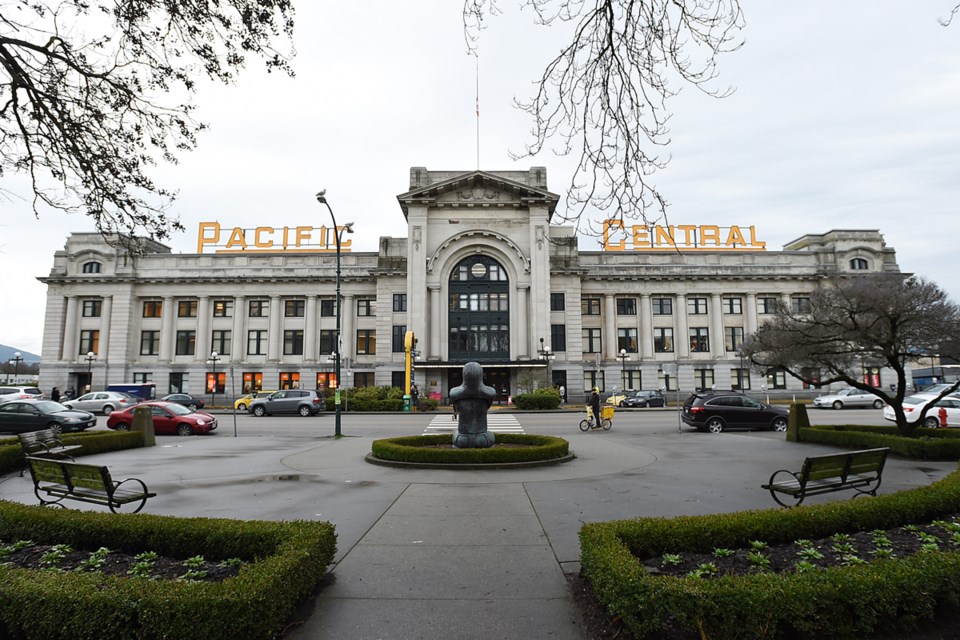Greyhound Canada lost $12.9 million on its passenger operations in British Columbia during the last fiscal year, the company said in a rationale for its application to the Passenger Transportation Board seeking, in part, to reduce the number of Vancouver runs and eliminate the service in northern B.C.
“These ongoing losses are unsustainable,” the company said.
The carrier wants to reduce the minimum service between Prince George and Vancouver to two trips a week in each direction, down from 28 a week and two per day each direction and to eliminate 10 stops along the route.
Greyhound would maintain service along Highway 16 and Highway 5 between the Alberta border and Vancouver but reduce service to twice a week each way from as high as 14 times depending on the community.
Greyhound also wants to eliminate passenger service between Victoria and Nanaimo, Victoria and Vancouver and between the University of British Columbia and Whistler and end 22 stops spread over six other routes.
The carrier wants to eliminate service along the entire length of Highway 16, from Prince Rupert to the Alberta border, as well as along Highway 27 to Fort St. James, and along Highway 97 from Prince George to the Yukon border.
For part of its woes, the company cited “unregulated B.C. government competition” in the form of Northern Health's NH Connections service for patients traveling to out-of-town medical appointments in northern B.C. and Vancouver, as well as a similar service for Interior Health patients to the south.
B.C. Transit's newly-launched service between Prince George and Smithers along the so-called “Highway of Tears” was not mentioned.
Tables in the rationale show a steady decline in passenger load over the last four years. For example, use of the service along the Alaska Highway between Dawson Creek and Fort Nelson dropped from 18,307 in 2014 to 9,647 in 2017, with a drop in passenger revenue per mile from $3.51 to $1.76. The break even point on that metric currently stands at $7.09 while the average for the province as a whole was tracking at $4.94 for 2016-17.
So-called “cross-subsidization” where rates are hiked on more-used routes to make up for losses on the unprofitable ones, is out of the question, according to the rationale, given the competition from Northern Health and Interior Health.
“In other words, it is not possible for Greyhound to maintain market share with a cross-subsidization strategy since the few remaining profitable routes cannot, on their own, support an entire provincial intercity bus service that generates such high losses,” the company said.
If the PTB approves the reductions, Greyhound will eliminate 1.6 million schedule miles in B.C., “and generate significant operating savings” while still retaining 3.7 million schedule miles. The changes are anticipated to reduce the operating loss by $2.6 million in the first year.
“Greyhound makes this application with a heavy heart but with the knowledge that it will be preserving jobs in the long run in the province and finally be on the road to financial viability,” the company said.
Greyhound wants to have the changes in place by Jan. 7, 2018.
Put up on Wednesday, the posting on the PTB website starts the clock ticking on a 60- to 90-day process that includes a public consultation period.
The deadline for comments to the PTB is Oct. 13 and can be submitted via e-mail, ptboard@gov.bc.ca, fax, 250-953-3788, and letter to Passenger Transportation Board, PO Box 9850 STN Prov Govt, Victoria, British Columbia, V8W 9T5. Quote application number 256-17 and the route number of concern.



